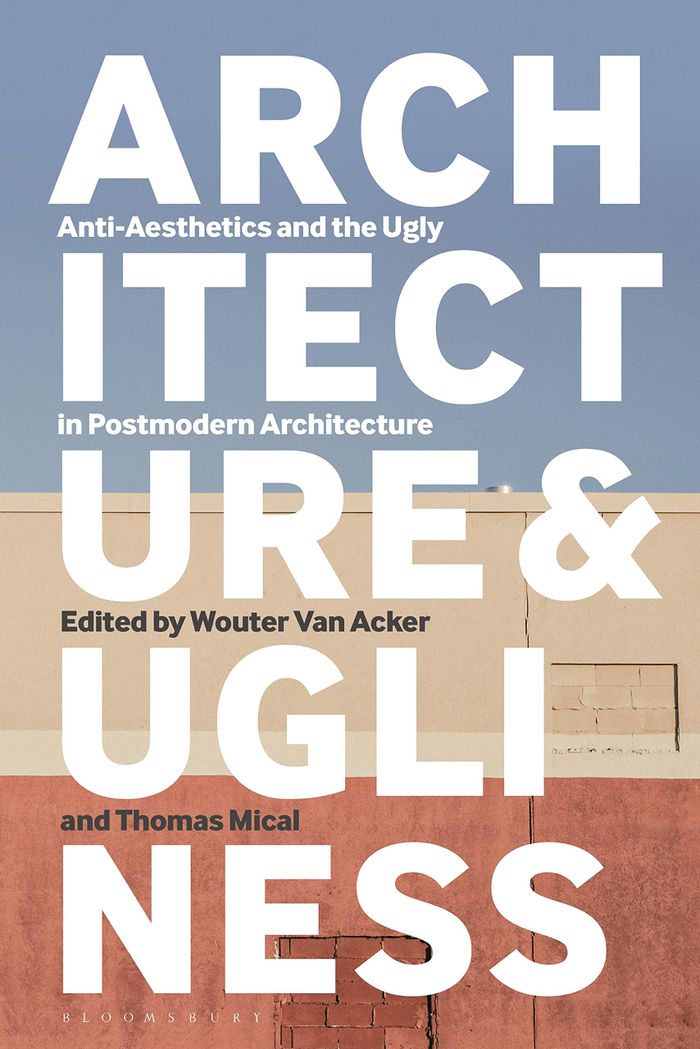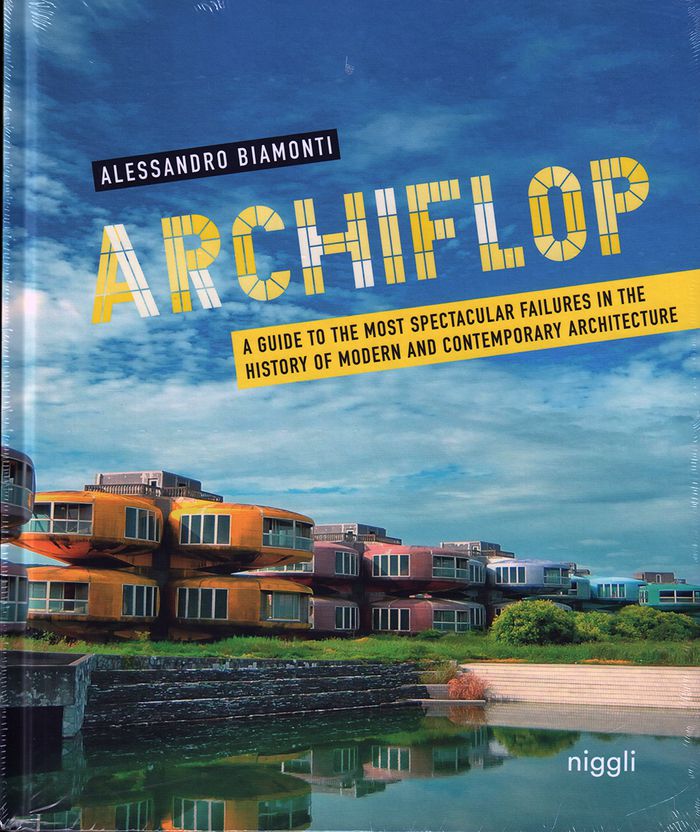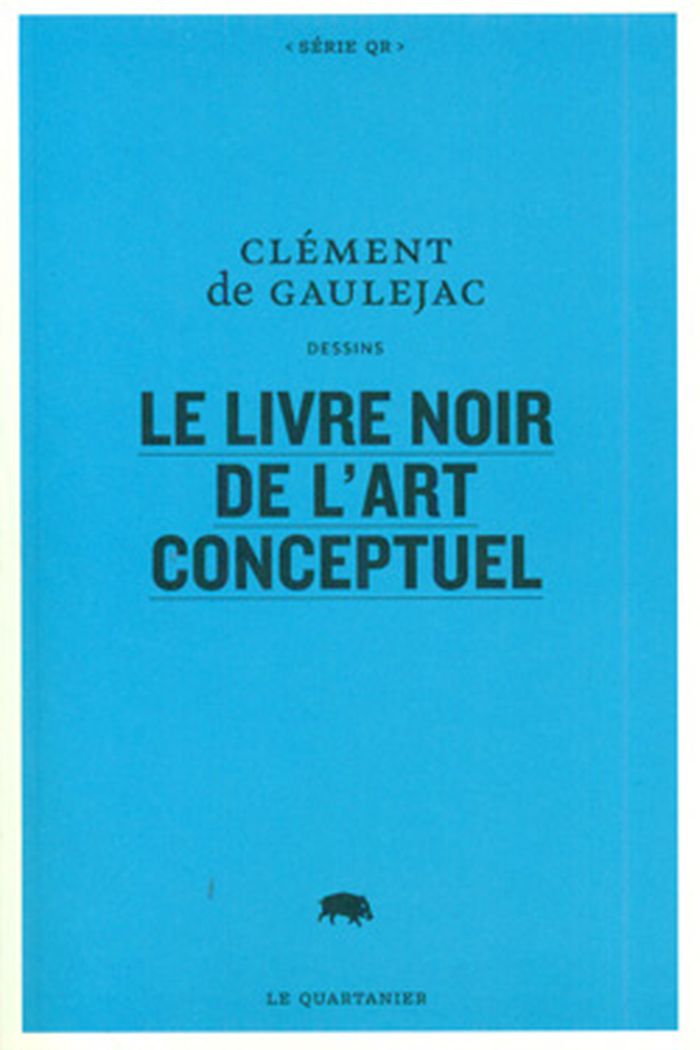$45.95
(available to order)
Summary:
Whatever 'ugliness' is, it remains a problematic category in architectural aesthetics - alternately vilified and appropriated, either to shock or to invert conventions of architecture. This book presents eighteen new essays which rethink ugliness in architecture - from brutalism to eclectic postmodern architectural productions - and together offer a diverse reappraisal(...)
Architecture and ugliness: anti-aesthetics and the ugly in postmodern architecture
Actions:
Price:
$45.95
(available to order)
Summary:
Whatever 'ugliness' is, it remains a problematic category in architectural aesthetics - alternately vilified and appropriated, either to shock or to invert conventions of architecture. This book presents eighteen new essays which rethink ugliness in architecture - from brutalism to eclectic postmodern architectural productions - and together offer a diverse reappraisal of the history and theory of postmodern architecture and design. The essays address both broad theoretical questions on ugliness and postmodern aesthetics, as well as more specific analyses of significant architectural examples dating from the last decades of the twentieth century, addressing the relation between the aesthetic register of ugliness and aesthetic concepts such as brutalism, kitsch, the formless, ad hoc-ism, the monstrous, or the grotesque. "Architecture and ugliness" not only documents the history of a postmodern anti-aesthetic through a diverse set of case studies, it also sheds valuable light on an aesthetic problem which has been largely overlooked in architectural discourse. It is essential reading for all students and scholars with an interest in postmodern architectural history, architectural theory and aesthetics.
Post-modernism
Archiflop: a guide to the most spectacular failures in the history of modern contemporary architectu
$51.95
(available to order)
Summary:
As soon as it leaves the protective environment of drafting boards, specialized computer programs, and sophisticated 3-D models, every architectural project is inevitably forced to face the circumstances of real life. In most cases, it's a relatively painless experience, it nevertheless progresses without major problems – but sometimes things go wrong and it fails(...)
Archiflop: a guide to the most spectacular failures in the history of modern contemporary architectu
Actions:
Price:
$51.95
(available to order)
Summary:
As soon as it leaves the protective environment of drafting boards, specialized computer programs, and sophisticated 3-D models, every architectural project is inevitably forced to face the circumstances of real life. In most cases, it's a relatively painless experience, it nevertheless progresses without major problems – but sometimes things go wrong and it fails miserably! What remains are unfulfilled expectations and broken dreams of overly optimistic architects, owners, and clients. With a tongue in cheek approach, this book presents a selection of the most spectacular architectural flops from the 20th century to the present. Each project is described briefly and its circumstances analyzed and extensively documented via photos. The reader is taken to monumental ghost towns in Asia, grotesque remnants of amusement parks, for example in the USA, and a nuclear power plant in Crimea. The author is not aiming to uncover faults and condemn failed projects but rather to contemplate on how difficult and nearly impossible it is to predict the future for any type of endeavor.
Contemporary Architecture
$18.95
(available in store)
Summary:
Les artistes dont le travail est évoqué ou cité dans les dessins du Livre noir de l’art conceptuel ne sont pas tous strictement conceptuels, mais il est notable que la plupart de ceux qui l’étaient ne le sont plus. Ces dessins s’adressent à tous ceux qui les envient d’avoir réussi à arrêter et voudraient les imiter. Ils ont pour objectif de donner au lecteur une idée du(...)
Le livre noir de l'art conceptuel
Actions:
Price:
$18.95
(available in store)
Summary:
Les artistes dont le travail est évoqué ou cité dans les dessins du Livre noir de l’art conceptuel ne sont pas tous strictement conceptuels, mais il est notable que la plupart de ceux qui l’étaient ne le sont plus. Ces dessins s’adressent à tous ceux qui les envient d’avoir réussi à arrêter et voudraient les imiter. Ils ont pour objectif de donner au lecteur une idée du pétrin dans lequel sont pris les artistes aujourd’hui. Il y a une histoire drôle qui pose la différence entre un type qui tombe du vingtième étage – AAAAAaaa… Paf! – et celui qui tombe du deuxième étage – Paf… aaaAAAAA! L’ordre dans lequel est donné le palindrome a son importance. De même que la deuxième chute n’est grotesque qu’en comparaison avec celle, fatale, qui la précède, les générations d’artistes qui succèdent au grand bazar conceptuel ne peuvent ignorer les questionnements autoréflexifs d’un art retourné sur lui-même. Si certains considèrent cette situation comme une impasse formelle, trop sévèrement prescriptive, et choisissent de faire demi-tour, d’autres s’obstinent, sondant fébrilement les murs à la recherche d’un improbable passage.


